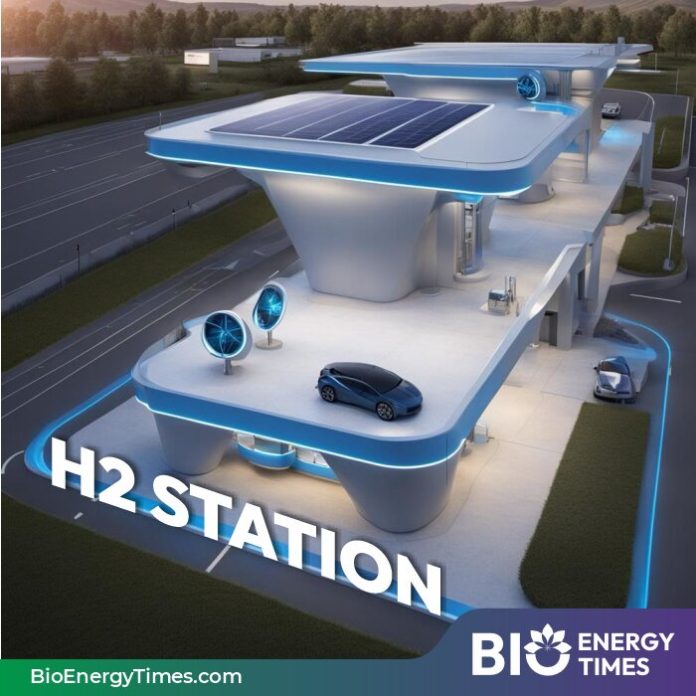Essar Energy Transition (EET) on Friday welcomed the UK government’s move to affirm its support for the HyNet cluster, which also includes the company’s low carbon hydrogen production hub, reported The Hindu Business Line.
EET Hydrogen, a division of EET, is in the process of developing the UK’s first large-scale low-carbon hydrogen production facility in Stanlow. This plant aims to produce a total of 1,350 megawatts (MW) of hydrogen and capture around 2.5 million tonnes of carbon each year—equivalent to removing 1.1 million cars from the roads.
The EET Hydrogen hub is designed to help regional industries and power generation companies decarbonize by transitioning from fossil fuels to low-carbon energy sources.
Tony Fountain, Managing Partner at EET, remarked, “It’s fantastic to see the government advancing the HyNet cluster, which includes our low-carbon hydrogen production plant at Stanlow. This will generate jobs and stimulate growth in the North West. With government backing now confirmed, we look forward to making our final investment decision and commencing construction in 2025.”
The low-carbon hydrogen produced will be utilized locally by EET Fuels’ Stanlow refinery and other major regional manufacturers, including Encirc, Pilkington, and Tata Chemicals, paving the way for the world’s first low-carbon refining operations and glass and chemical production sites.
The EET Hydrogen hub is expected to safeguard and enhance essential industries, generate jobs, and attract billions in related investments.
Joe Seifert, CEO of EET Hydrogen, stated, “Today’s government announcement marks a pivotal moment for the UK’s hydrogen sector. The North West is once again at the forefront of global industry, producing essential everyday products with a reduced carbon footprint. This investment will help secure and expand jobs in our manufacturing regions for generations.”
EET Hydrogen plans to develop the hydrogen hub in two phases, starting with a plant (HPP1) featuring a 350 MW capacity, followed by a second plant (HPP2) with 1,000 MW, targeting an overall capacity of more than 4,000 MW by 2030. Construction of HPP1 is expected to start in 2025, with hydrogen production anticipated to begin by 2028.
To read more about Green Hydrogen Industry News, continue reading BioEnergyTimes.com














